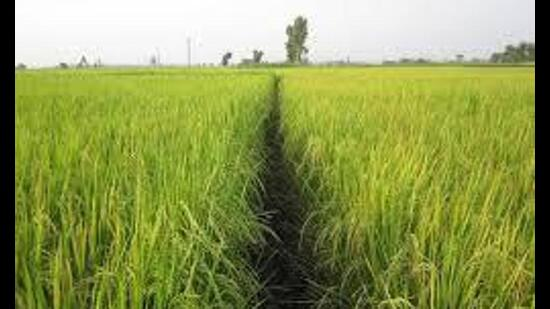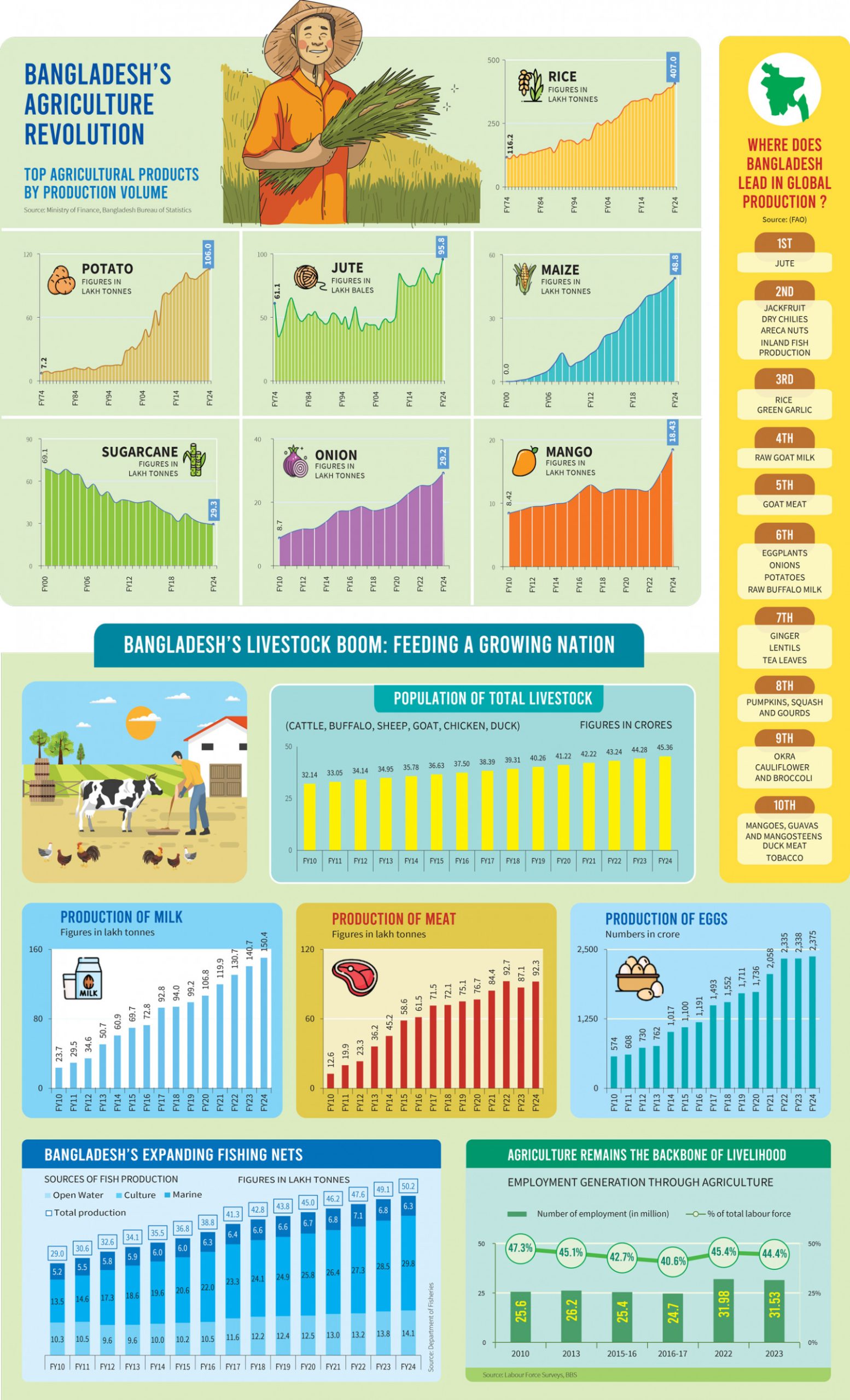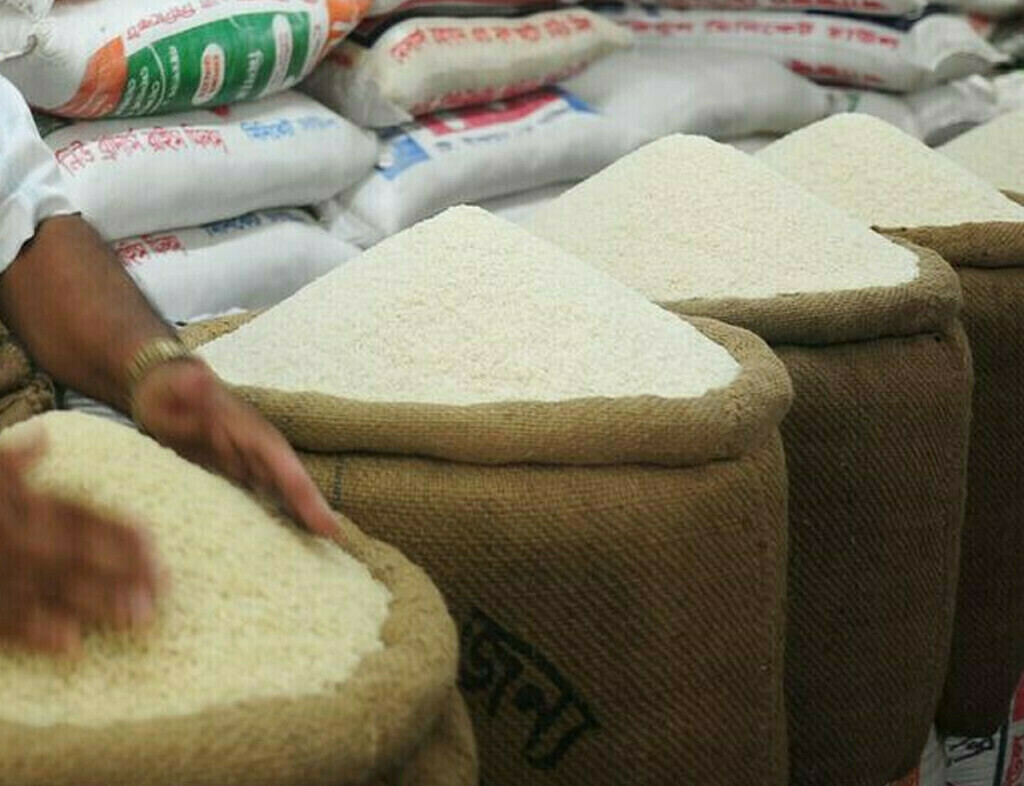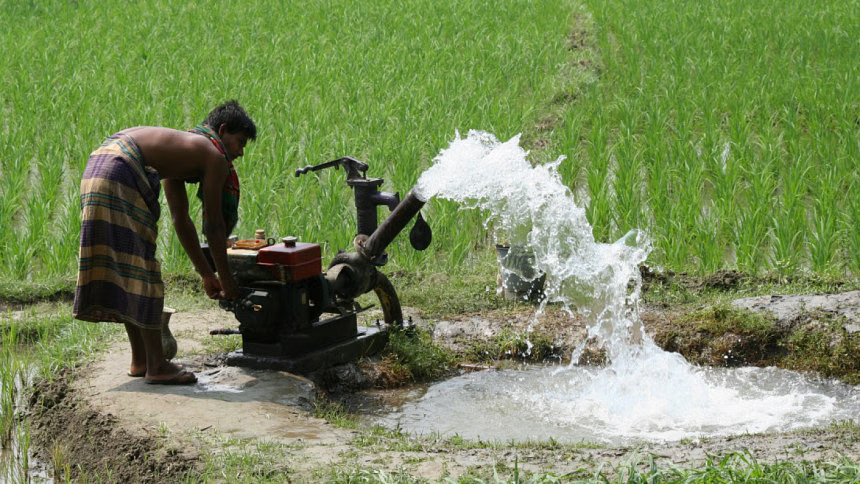Tags
Fall in basmati prices has farmers worried
By Gurpreet Singh Nibber
Market trends show that the rates of freshly harvested 1509 basmati variety, which has arrived in some mandis of Punjab’s Majha belt, is fetching ₹2,400 to ₹2,500 per quintal, which was around ₹4,500 per quintal in the last season.

Chandigarh
Increase in the area under basmati cultivation by around 17% in the current kharif season and projections of a bumper crop has left farmers worried. Reason: Fall in prices of the aromatic premium variety of paddy.
The jump in cultivation area has been attributed to crop diversification launched by the state government. The aromatic grain consumes 15-20% less water than the coarse variety, which guzzles 3,367 litres of water to grow a kilogram of rice, according to the state agriculture department.
Market trends show that the rates of freshly harvested 1509 basmati variety, which has arrived in some mandis of Punjab’s Majha belt, is fetching ₹2,400 to ₹2,500 per quintal, which was around ₹4,500 per quintal in the last season.
Some farmers who had planted basmati by direct seeded rice (DSR) method in Amritsar and Tarn Taran districts and the Mand area in the Majha belt in April have started harvesting the crop. By September 1, the arrivals will pick up and it is expected to reach its peak in September, say agriculture experts.
Going by the past trends, an increase in area and higher productivity leads to crashing of prices, say experts.
Balkar Singh, a trader in Tarn Taran mandi, said the current basmati rate has been fixed at around ₹2,500 a quintal and it is going to remain the same. The area cultivated under basmati this season is about 7 lakh hectares which is nearly 17% more than the last year’s 5.96 lakh hectares.
Ravi Sher Singh, a basmati grower from Muchhal village in Amritsar, said basmati produce from Uttar Pradesh is fetching ₹2,500 per quintal and it sets the trend for Punjab and Haryana.
According to the Punjab agriculture department, 1509 and 1692 basmati varieties are grown over 80% of the area in the state and it fetches lower price. The 1121 basmati, which is best among the premium variety, gets higher price.
“This year, we are expecting basmati prices to touch a maximum of ₹3,000 per quintal, which is a cause of worry as coarse paddy grains are covered under the minimum support price and bring better gains for the farmers,” said Ravi Sher Singh, adding that basmati gives a maximum per acre yield of 20-25 quintals against 30-35 quintals per acre of coarse variety.
On selling coarse paddy, a farmer fetches at least ₹69,000- ₹80,500 from an acre whereas basmati grower will get ₹60,000- ₹75,000 from an acre of crop is sold at ₹3,000 per quintal. “The government should make some arrangement to facilitate the premium grain growers,” he said.
According to special chief secretary KAP Sinha, who heads the state agriculture department, the prices of basmati grain is controlled by demand and supply and there is demand in the international market. “How would Punjab farmers miss fair price when international prices are good?” he added.
According to the Agricultural and Processed Food Products Export Development Authority (APEDA) figures, 2022’s foreign exchange earnings from export of 175 lakh tonnes of non-basmati rice was ₹63,000 crore, while from the export of 45 lakh tonnes of basmati rice, the forex realisation was ₹48,000 crore. Punjab has geographical indication (GI) tag for basmati as native crop of the state and it contributes at least 40% of total exports from the country.
https://www.hindustantimes.com/cities/chandigarh-news/fall-in-basmati-prices-has-farmers-worried-101724181838397.htmlPublished Date: August 21, 2024






